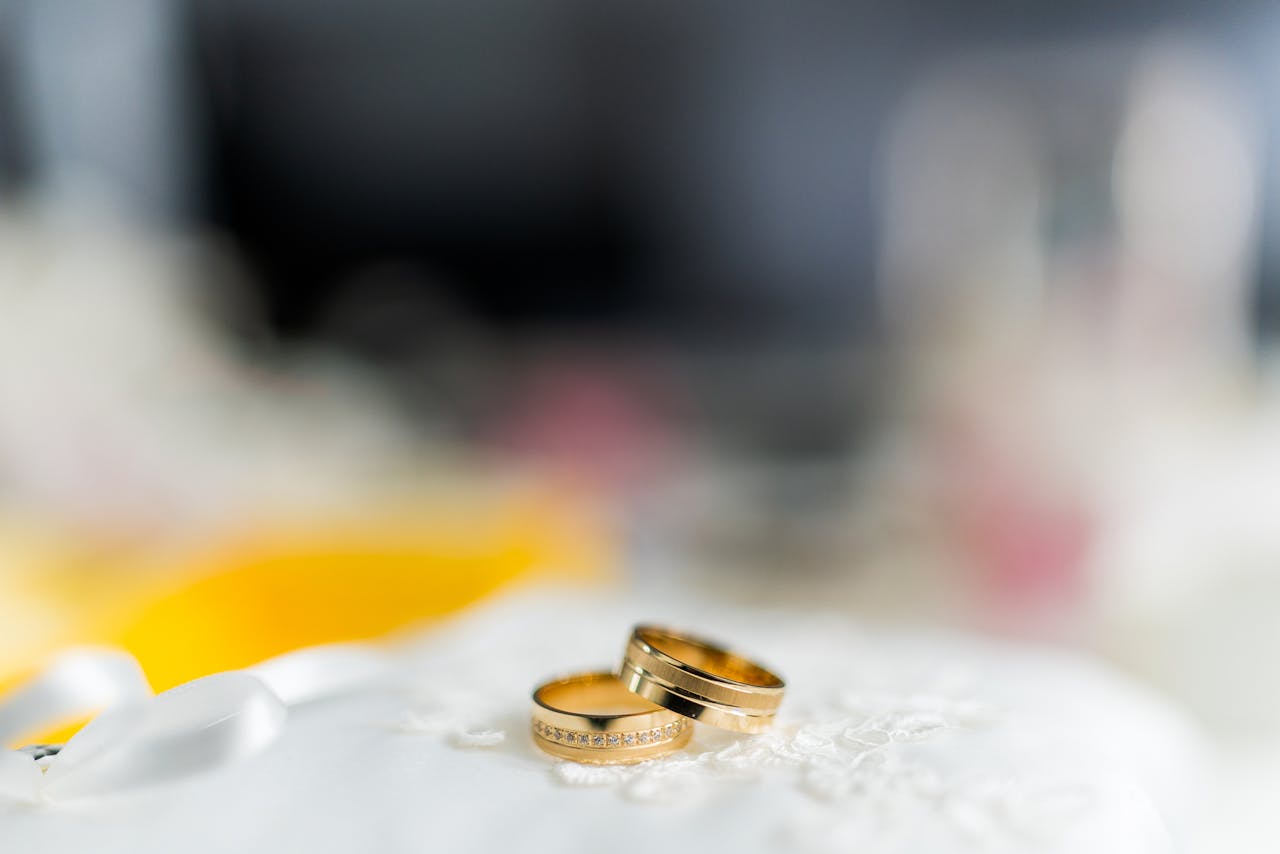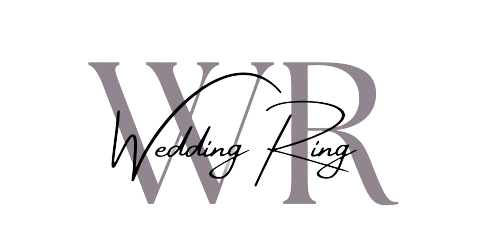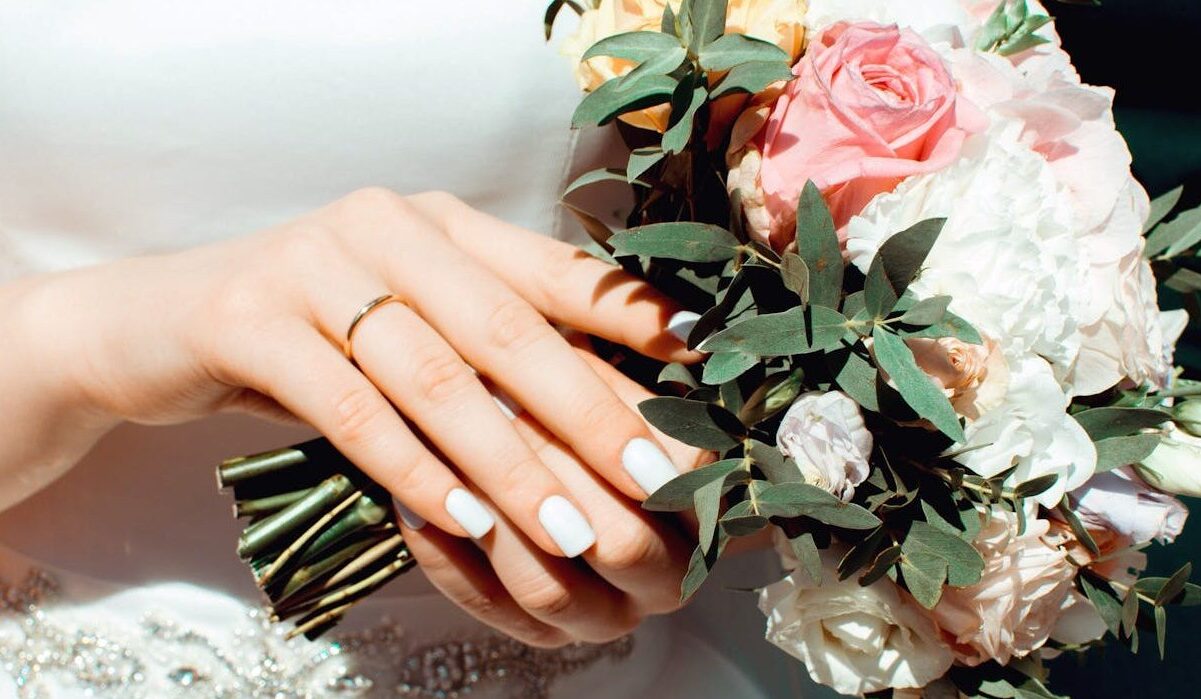Introduction
Gold rings have been a symbol of beauty, luxury, and commitment for centuries. Whether you’re shopping for gold rings for women, gold engagement rings, or gold wedding rings, understanding the different types of gold is essential to making the right choice. The most common gold options are 14k, 18k, and 24k, each offering distinct qualities in terms of durability, appearance, and value. In this article, we will explore the characteristics of these gold types, helping you choose the best option for your needs. If you’ve ever wondered, “How much is a 14k gold ring worth?” or why people choose rose gold engagement rings or a white gold ring, this guide has you covered.
What Does 14k, 18k, and 24k Mean?
When we refer to 14k, 18k, or 24k gold, the “k” stands for karat, a unit that measures the purity of gold. Pure gold is 24 karats, but it is often mixed with other metals like copper, silver, or palladium to create jewelry that’s more durable. This is particularly important for rings for women, as daily wear can lead to scratches and dents if the gold is too soft.
14k Gold Rings
14k gold rings contain 58.3% pure gold and 41.7% other metals. This balance between purity and durability makes 14k gold one of the most popular choices for gold engagement rings and gold wedding rings. It has a beautiful golden hue and is strong enough to withstand daily wear.
Advantages of 14k Gold:
- Affordability: 14k gold is more affordable than higher-karat options like 18k or 24k, making it a great choice for budget-conscious buyers.
- Durability: The added metals make 14k gold more resistant to scratches and dents, ideal for those who wear their rings daily.
- Versatility: 14k gold is available in yellow, white, and rose varieties, giving buyers a range of options.
How Much Is a 14k Gold Ring Worth?
The value of a 14k gold ring depends on several factors, including its weight, the current market price of gold, and the craftsmanship of the piece. On average, 14k gold rings are worth less than their 18k or 24k counterparts, but they offer excellent durability and style at a more accessible price point.
18k Gold Rings
18k gold rings are made from 75% pure gold and 25% other metals. They offer a richer, deeper color than 14k gold, making them a popular choice for gold engagement rings and gold wedding rings that have a more luxurious appearance.
Advantages of 18k Gold:
- Richer Color: The higher gold content gives 18k gold rings a deeper, more vibrant yellow tone that is highly sought after.
- Luxury: 18k gold is often considered a luxury material due to its higher purity, making it a top choice for high-end jewelry.
- Hypoallergenic: The higher gold content reduces the likelihood of skin irritation for those with sensitive skin.
However, 18k gold rings are softer than 14k rings, making them more susceptible to scratches and wear over time. This is something to keep in mind if you’re considering an 18k gold engagement ring for everyday wear.
24k Gold Rings
24k gold rings are made from 100% pure gold, meaning they contain no other metals. This is the most valuable and purest form of gold, but it is also the softest. As a result, 24k gold rings are not typically used for gold engagement rings or wedding rings as they can easily scratch or bend with regular use.
Advantages of 24k Gold:
- Purity: If you’re looking for the purest form of gold, 24k is the way to go. Its bright yellow color is unmistakable and exudes opulence.
- Value: 24k gold has the highest intrinsic value of all gold types, making it an excellent investment.
That said, 24k gold rings are often reserved for special occasions or ceremonial pieces rather than daily wear due to their softness.
Gold in Rings: Color Varieties
Gold rings come in several color options, each offering unique aesthetics and appeal.
Yellow Gold
Traditional yellow gold is the most classic form of gold in jewelry. It is commonly used in gold wedding rings and gold engagement rings. Yellow gold is available in 14k, 18k, and 24k, with the higher karats offering a more vibrant golden hue.
White Gold
White gold rings have a sleek, modern look and are often chosen for gold engagement rings. White gold is created by mixing pure gold with white metals like palladium or nickel, and it’s typically plated with rhodium to enhance its shine. A white gold ring offers a similar look to platinum but at a more affordable price point.
Rose Gold
Rose gold engagement rings have gained popularity in recent years for their soft, romantic hue. Rose gold is made by mixing pure gold with copper, which gives it its pinkish tone. The warmth of rose gold pairs beautifully with diamonds, making rose gold engagement rings an excellent choice for brides looking for something unique.
Comparing 14k, 18k, and 24k Gold for Engagement and Wedding Rings
Choosing between 14k, 18k, and 24k gold rings depends on your preferences for durability, color, and budget. Here’s a quick comparison to help guide your decision:
| Gold Type | Purity | Durability | Color | Price | Best Use |
|---|---|---|---|---|---|
| 14k Gold | 58.3% | Very Durable | Soft Yellow | Affordable | Everyday wear, budget-friendly options |
| 18k Gold | 75% | Durable but Softer | Rich Yellow | Mid-range | Luxury jewelry, engagement rings |
| 24k Gold | 100% | Softest | Bright Yellow | Expensive | Special occasions, high-value investments |
Conclusion: Finding the Perfect Gold Ring
Whether you’re shopping for gold engagement rings, gold wedding rings, or a special gold ring for women, understanding the differences between 14k, 18k, and 24k gold will help you make an informed decision. Each gold type offers unique benefits, from the durability and affordability of 14k gold rings to the rich, luxurious appearance of 18k gold rings. A white gold ring or rose gold engagement ring can provide even more options for expressing personal style and taste.
Now that you’re familiar with the various gold types and their features, you can confidently select the gold ring that best suits your needs, style, and budget.




